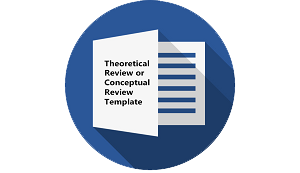RAGAM TINDAK TUTUR ILOKUSI PADA NOVEL TERJEMAHAN THE DAVINCI CODE KARYA DAN BROWN
DOI:
https://doi.org/10.30957/cendekia.v11i2.317Keywords:
novel, pragmatics, speech actAbstract
Â
This research examined how illocutionary acts were applied in Dan Brown’s novel “The Da Vinci Codeâ€. The dialogues of character which had illocutionary acts were used as the data of this research. The researcher then analyzed the data by applying qualitative analysis approach. The finding showed 20 kinds and five different patterns of illocutionary act were identified. The patterns included: (1) illocutionary act of directive “ask†used by participants who have the distance and power; (2) illocutionary act of directive “command†used by participants who have distance and power; (3) illocutionary act of assertive “allege†used by participants who have no distance but power and directive “ask†used by participants who has no distance nor power; (4) direct “command†used by participants who have no distance but power; and (5) direct illocutionary act mostly used by participants who have power and distance and participants who has no distance nor power.
Â
Downloads
Downloads
Published
How to Cite
Issue
Section
License
Authors who publish with this journal agree to the following terms:
- Authors retain copyright and grant the journal right of first publication with the work simultaneously licensed under a Creative Commons Attribution-ShareAlike 4.0 International License that allows others to share the work with an acknowledgement of the work's authorship and initial publication in this journal.
- Authors are able to enter into separate, additional contractual arrangements for the non-exclusive distribution of the journal's published version of the work (e.g., post it to an institutional repository or publish it in a book), with an acknowledgement of its initial publication in this journal.
- Authors are permitted and encouraged to post their work online (e.g., in institutional repositories or on their website) prior to and during the submission process, as it can lead to productive exchanges, as well as earlier and greater citation of published work (See The Effect of Open Access).












